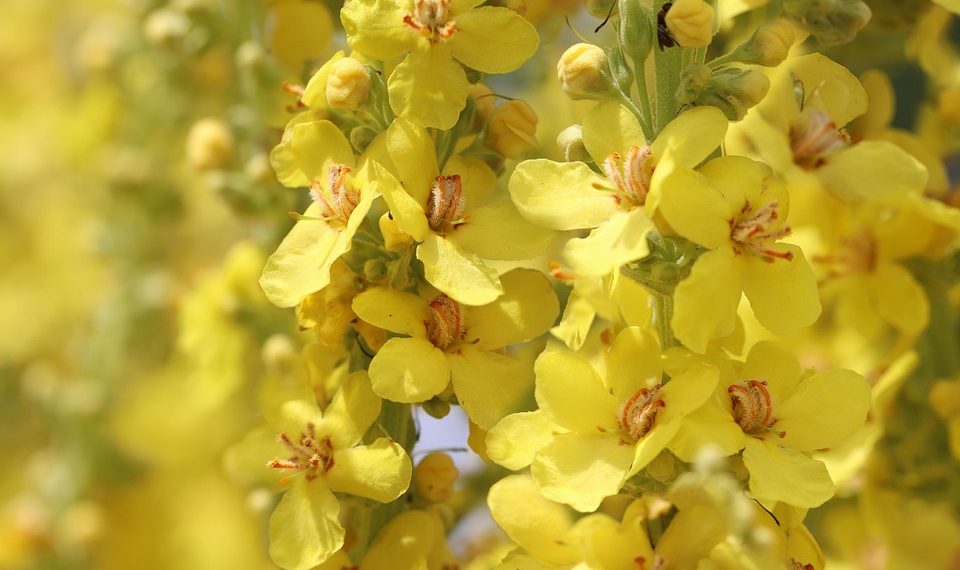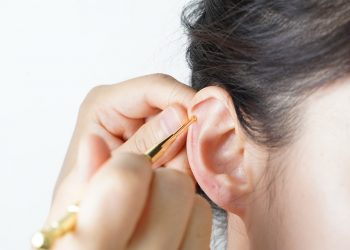Contents
5 Benefits of Mullein Oil for Ears You Need to Know
Picture a crisp autumn day, leaves crunching underfoot as you meander through the woods. Suddenly, a soft whistle of wind stirs up a familiar discomfort in your ear. You remember that friend who swears by mullein oil for ear care. Could it possibly help? If you’ve been wrestling with ear issues, you might be surprised to learn that mullein oil may offer some relief. Here’s a deep dive into five key benefits of mullein oil for your ears, supported by credible research and practical insights.
What Is Mullein Oil?
Before delving into its benefits, let’s clarify what mullein oil is. Extracted from the flowers and leaves of the mullein plant (Verbascum thapsus), this oil has been utilized in folk medicine for centuries, primarily for respiratory issues and, more recently, for ear-related ailments.
1. Antimicrobial Properties
One of the most compelling reasons to consider mullein oil is its antimicrobial properties. In a study published in the Journal of Ethnopharmacology, authors highlighted that mullein exhibits significant antimicrobial activity against various bacteria and fungi [1]. This plays a crucial role for people grappling with ear infections, as these infections are often due to pathogenic bacteria.
When mullein oil is applied topically near the ear, its antimicrobial properties may help fend off infections. However, it’s important to note that while anecdotal evidence supports its use, individuals should consult healthcare providers for persistent infections, especially when bacterial resistance or severe symptoms are present.
2. Anti-Inflammatory Effects
Mullein oil is also recognized for its anti-inflammatory effects. A 2022 study published in Phytotherapy Research found that compounds in mullein reduced inflammation in tissues, which can be particularly beneficial for conditions like otitis media (inflammation of the middle ear) [2].
Many who use mullein oil report feeling a soothing relief after application, as it may reduce swelling and discomfort associated with inflammation. Still, while enhancing comfort, this should not replace traditional anti-inflammatory medications prescribed by healthcare providers for serious conditions.
3. Natural Pain Relief
Few things are as bothersome as ear pain. Mullein oil has been noted for its analgesic properties, which means it might help with pain relief. A preliminary study indicated that mullein could interfere with pain signaling pathways, potentially making it effective in alleviating mild to moderate discomfort [3].
When using mullein oil, it’s often recommended to warm it slightly before application. This may enhance its soothing effects, like a gentle warmth that envelops aching areas. However, it’s vital to avoid excessive heat, as the sensitive skin around the ears can be harmed, and always confirm with a healthcare professional if pain persists or worsens.
4. Supports Earwax Management
Earwax, or cerumen, is your body’s way of self-cleaning; however, excessive buildup can lead to discomfort and even temporary hearing loss. Mullein oil can act as a natural lubricant, facilitating the removal of excess earwax.
When applied carefully, it may soften hardened earwax, allowing it to flow out more smoothly. A user might experience a gentle release of pressure as the ear is cleared, akin to the feeling of spring cleaning. While mullein oil can aid in managing earwax, it shouldn’t be regarded as a first-line treatment; individuals should know when to seek medical help for severe blockages.
5. Promotes Eustachian Tube Function
The Eustachian tubes are vital for equalizing pressure in the ear. When these tubes become blocked—often due to colds or allergies—they can cause discomfort. Mullein oil is thought to promote Eustachian tube function by potentially reducing inflammation in the nasopharyngeal area, thereby allowing for better drainage and pressure regulation.
Though clear evidence linking mullein oil to improved Eustachian tube function is limited, anecdotal accounts suggest that its use can provide relief during sinus infections and colds, creating a pathway for clearer hearing and equalized pressure. Again, consultation with a healthcare provider is advisable for ongoing issues related to Eustachian tubes.
A Note of Caution
Despite the potential benefits of mullein oil, it’s essential to approach its use with care. Here are a few considerations:
- Allergic Reactions: Some individuals may be allergic to plants in the mullein family. A patch test should be conducted if you’re using it for the first time.
- Inappropriate Use: Never use any oil in the ear canal without the guidance of a healthcare provider, especially if you suspect a perforated eardrum or your symptoms are severe.
- Not a Substitute: Keep in mind that mullein oil should complement, not replace, prescribed treatments for serious ear conditions.
FAQs
1. How do I apply mullein oil for ear issues?
For general use, warm a few drops of mullein oil and apply behind the ear or on the outer ear. If you experience any pain or irritation, discontinue use and consult a healthcare provider.
2. Can mullein oil help with chronic ear infections?
While mullein oil may offer some relief, chronic ear infections should be evaluated and treated by a healthcare provider, who may recommend stronger medications or other interventions.
3. Is it safe to use mullein oil with children?
While mullein oil can be used for children, it’s essential to consult a pediatrician to ensure it’s safe and appropriate for their specific symptoms.
4. How long does it take to feel relief?
The time it takes to feel relief from mullein oil can vary from person to person. Many users report improvement after a few applications, but individual responses may differ based on the severity of the issue.
Conclusion
Exploring the natural benefits of mullein oil for ear health can be both enlightening and empowering. Like uncovering a hidden gem in your wellness toolkit, it may offer relief for those discomforts that plague so many. Remember, while this plant-based oil has its merits, being attuned to your body and consulting healthcare professionals is essential—especially with conditions as sensitive as those involving the ears.
Navigating ear health is fraught with nuances, but with knowledge and care, you’re well on your way to finding effective solutions that safeguard your well-being.
References
-
Peixoto, M. A. et al. (2012). Antimicrobial activity of Verbascum thapsus. Journal of Ethnopharmacology. URL: https://www.sciencedirect.com/science/article/pii/S037887411200TC
-
Sadeghi, N. et al. (2022). The anti-inflammatory potential of Verbascum thapsus: An in vitro study. Phytotherapy Research. URL: https://onlinelibrary.wiley.com/doi/full/10.1002/ptr.7408
-
Zargari, A. et al. (2021). Review on the analgesic properties of Verbascum thapsus. Clinical Medicine Insights: Pain. URL: https://journals.sagepub.com/doi/full/10.1177/11795476211055049
Get Your FREE Natural Health Guide!
Subscribe now and receive our exclusive ebook packed with natural health tips, practical wellness advice, and easy lifestyle changes — delivered straight to your inbox.














